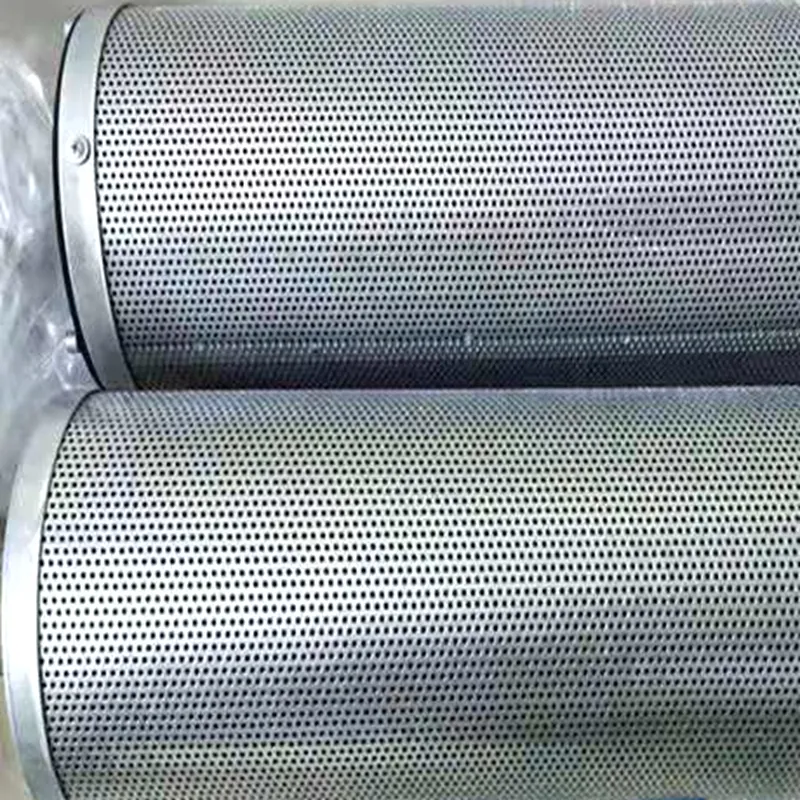 Tel:
+8615930870079
Tel:
+8615930870079
12월 . 06, 2024 02:00 Back to list
filter cartridge dust collector
Understanding Filter Cartridge Dust Collectors
In various industrial applications, maintaining air quality is crucial for both worker safety and environmental compliance. One effective solution for controlling dust and particulate emissions is the filter cartridge dust collector. These systems have become increasingly popular due to their efficiency, compact design, and versatility in various environments.
What is a Filter Cartridge Dust Collector?
A filter cartridge dust collector is a specialized air filtration system designed to collect airborne dust and other particulate matter. The architecture of this system typically consists of a series of filter cartridges housed within a main collection unit. When polluted air is drawn into the collector, the dust is trapped on the surface of the filter cartridges while the cleaned air is expelled back into the environment.
How It Works
The operation of a filter cartridge dust collector is fairly straightforward. When the collector is in operation, a fan or blower pulls contaminated air through the entrance of the system. This air encounters the filter cartridges, which are often made of high-efficiency materials to maximize dust capture. Over time, dust accumulates on the cartridges, which necessitates regular cleaning or replacement.
To maintain optimal performance, most systems are equipped with an automatic cleaning mechanism, often using reverse pulse jet technology. This feature periodically blasts compressed air through the cartridges, dislodging the accumulated dust and ensuring consistent airflow and filtration efficiency. The dislodged particles then fall into a collection bin for safe disposal.
Advantages of Filter Cartridge Dust Collectors
1. High Efficiency Filter cartridge dust collectors are renowned for their ability to capture fine dust particles, providing a clean working environment. They can effectively remove particles down to 1 micron in size, making them suitable for a variety of industrial applications.
filter cartridge dust collector

2. Compact Design Compared to traditional baghouse collectors, filter cartridge systems occupy less floor space, making them ideal for facilities with limited room. Their vertical design allows for easy integration into existing operations without the need for extensive modifications.
3. Lower Maintenance Costs Due to their efficient filtering and self-cleaning capabilities, filter cartridge dust collectors often have lower long-term maintenance costs. Users can expect reduced frequency in filter replacement and a longer lifespan for the filter cartridges themselves.
4. Flexibility These dust collectors can be adapted to various industrial processes, including woodworking, metalworking, food production, and more. Their versatility allows them to handle different types of dust and particulate matter effectively.
5. Improved Air Quality By successfully capturing and eliminating airborne dust, these systems can significantly improve workplace air quality. This not only enhances worker health and safety but also helps companies comply with environmental regulations.
Applications
Filter cartridge dust collectors find utility in numerous industries. In manufacturing environments, they are essential for controlling dust from processes such as grinding, sanding, and mixing. In the food industry, they help to manage flour or sugar dust, which can be both a nuisance and a fire hazard. Additionally, in the pharmaceutical sector, these collectors effectively reduce cross-contamination from airborne particles.
Conclusion
Filter cartridge dust collectors are an integral part of modern industrial operations, providing an effective solution for managing airborne dust and improving overall workplace conditions. Their efficiency, compact design, and lower maintenance requirements make them a preferred choice across various settings. As industries continue to prioritize air quality and compliance with environmental standards, the role of dust collectors will only continue to expand. Investing in a reliable filter cartridge dust collector is a proactive step toward ensuring both a safer work environment and a commitment to sustainability.
-
Types and Applications of Air Filtration CartridgesNewsJul.28,2025
-
The Role of Gas Turbine FiltersNewsJul.28,2025
-
Mastering Air Filter Cartridge UseNewsJul.28,2025
-
Advanced Turbine Filters for Modern Gas TurbinesNewsJul.28,2025
-
Cellulose Air Filter Cartridge Advantages in Dust FiltrationNewsJul.28,2025
-
Cellulose Filters for Air Particle ReductionNewsJul.28,2025

 Email:
Email:





